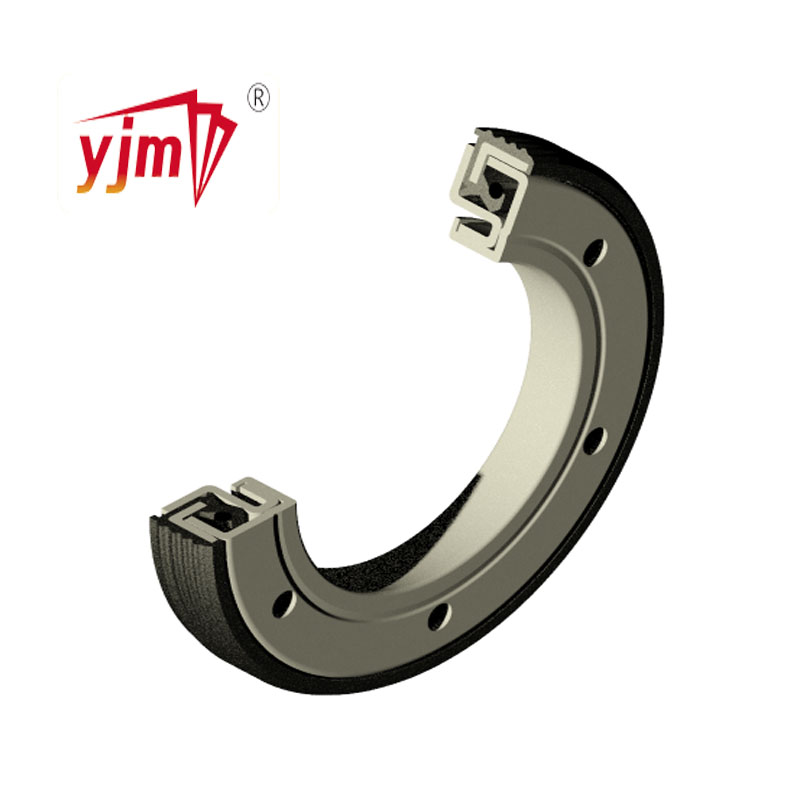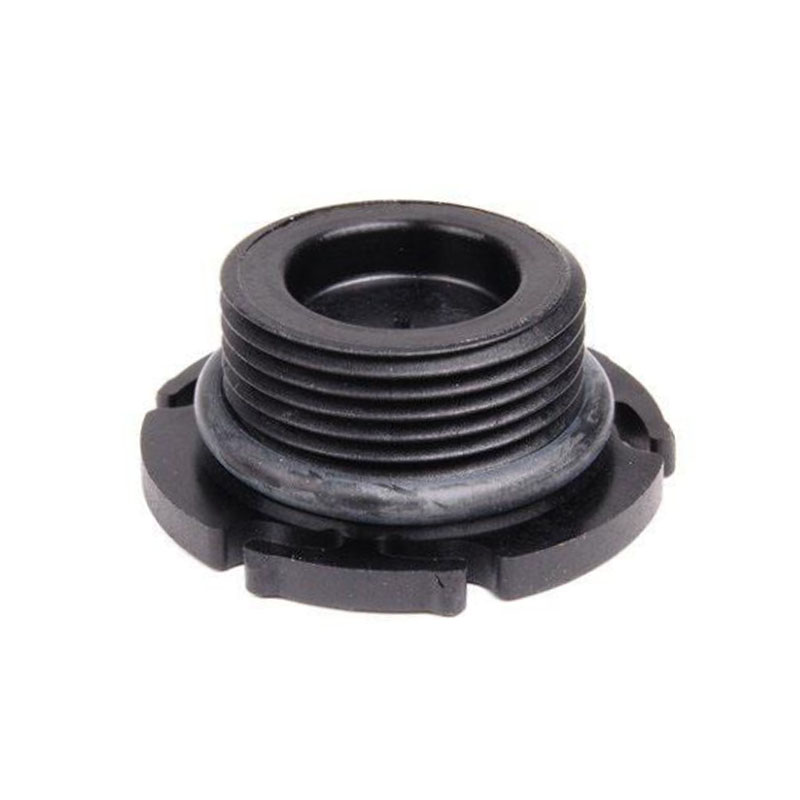changing oil filter housing gasket


Installing the new oil filter housing gasket requires patience and precision. Position the gasket correctly, ensuring there is no twisting or misalignment, and then gently place the housing back in position. It's crucial to apply the correct torque when tightening the bolts to avoid cracking the housing or compromising the seal integrity. This is where the torque wrench becomes indispensable, offering the control needed to meet manufacturer specifications. After reassembly, take the time to fill your engine with the recommended type and amount of oil. Reconnect any components that were removed earlier. As a prudent practice, check for leaks by briefly starting the engine and observing for any oil seepage around the housing area. This step not only confirms a successful installation but also reassures you of the gasket's functionality. Consider ending your task with a short drive to distribute the new oil uniformly throughout the engine. Once back, conduct a final inspection underneath the car for any signs of leakage. Cleaning up tools and disposing of the old oil and filter responsibly underscores a job well done and maintains environmental consciousness. In conclusion, while changing an oil filter housing gasket might seem intimidating, it is a task that can be accomplished successfully with the right preparation and attention to detail. Ensuring you have the correct parts and tools will pave the way for a smoother process. This experience not only saves you from costly professional repairs but also instills a sense of accomplishment and deeper connection with your vehicle.
-
Simplifying Oil Changes: A Comprehensive Guide to Oil Drain Plugs and Their Variants
News Aug.04,2025
-
Mastering Oil Drain Maintenance: Solutions for Stripped, Worn, and Upgraded Oil Plugs
News Aug.04,2025
-
Fixing Oil Pan Plug Issues: Leaks, Stripped Nuts, and the Right Replacement Solutions
News Aug.04,2025
-
Everything You Need to Know About Oil Drain Plugs: Sizes, Fixes, and Upgrades
News Aug.04,2025
-
Choosing the Right Oil Drain Plug: A Guide to Sizes, Materials, and Drain Innovations
News Aug.04,2025
-
A Complete Guide to Automotive Drain Plugs: Types, Problems, and Innovative Solutions
News Aug.04,2025
-
The Ultimate Guide to Car Repair Kits: Tools and Essentials Every Driver Should Own
News Aug.01,2025
Products categories















